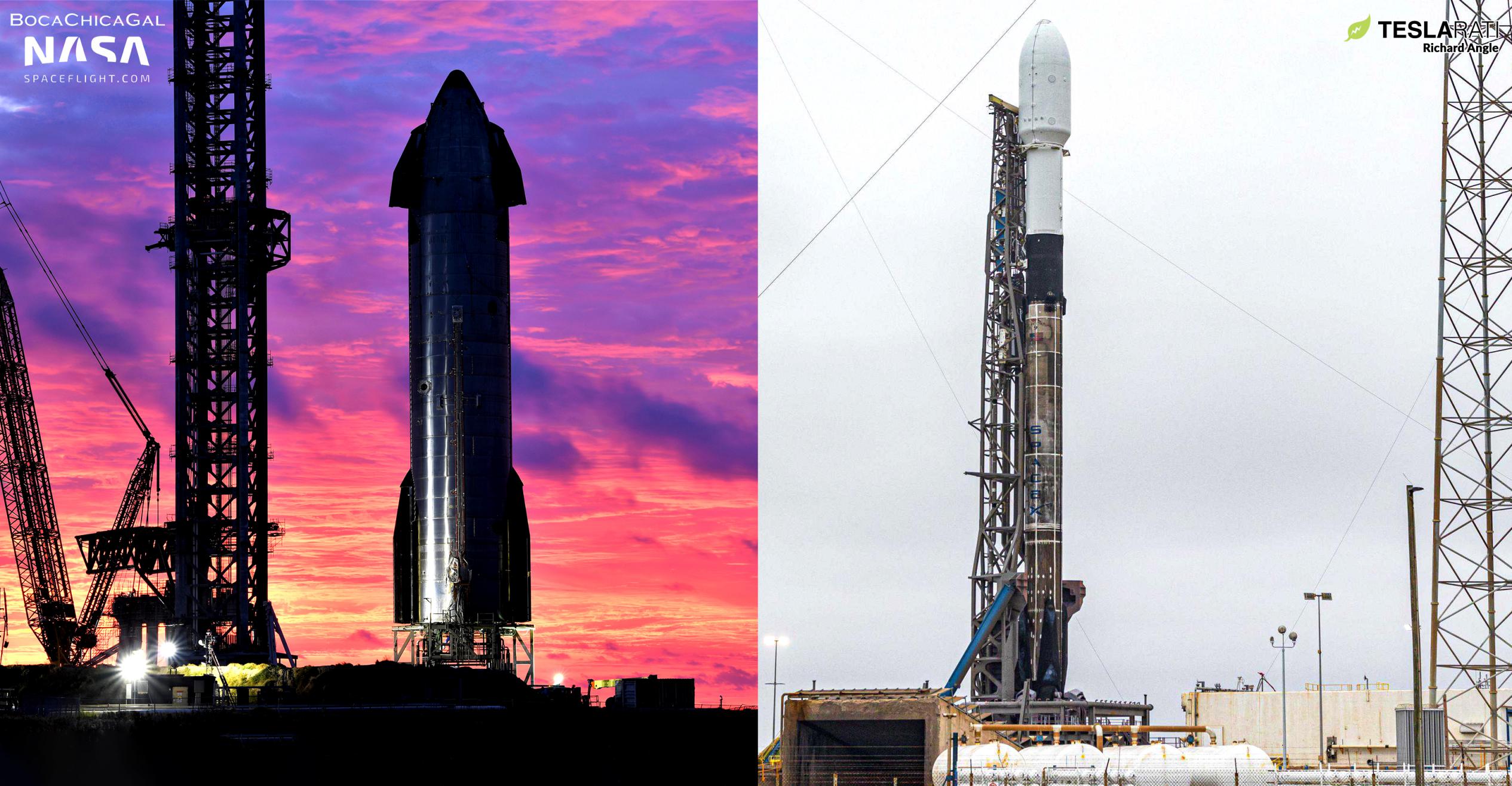
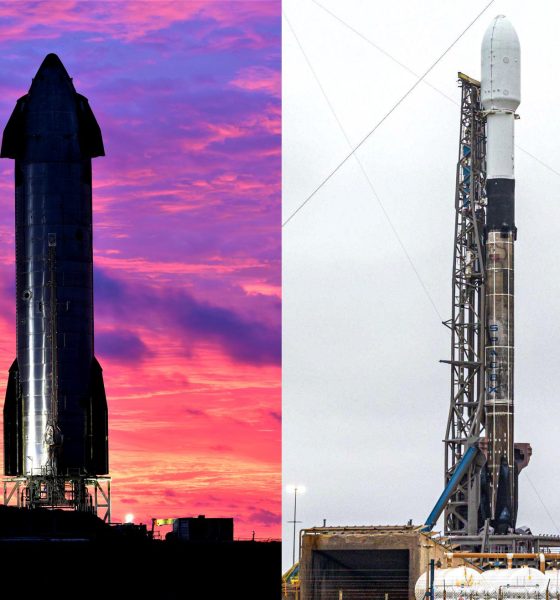
News
SpaceX valuation to grow by 27% as Starship, Starlink programs seek more funding
CNBC reports that SpaceX is seeking to raise at least $1.725 billion in its first funding round of 2022, potentially boosting the private company’s valuation as high as $127 billion.
The report signals just the latest in a long line of high-profile rounds of funding SpaceX has secured over the last seven years, gradually boosting its valuation by a factor of more than 100. More likely than not, this round will also be fully subscribed or even oversubscribed as investors scramble over a relatively rare opportunity to snag a small slice of SpaceX – a demand so high that Equidate once stated that SpaceX effectively had access to ‘an unlimited amount of funding’ in 2018.
Four years later, it’s clear that Equidate’s position and forecast were prescient. After a few slow years post-2015, SpaceX’s fundraising activity returned with a vengeance in 2019. From 2019 to 2021, the company privately raised more than $5.2 billion – nearly triple the amount of private funding SpaceX raised from 2002 to 2018. In the likely event that the latest in a long line of highly sought-after and oversubscribed SpaceX investment rounds, SpaceX will have ultimately raised between $8.6 and $9 billion since 2015, averaging about $1.3 billion per year over the last seven years.
More likely than not, a vast majority of that $9 billion has gone towards Starlink and Starship – both of which are also almost exclusively responsible for the fact that SpaceX’s valuation outmatches its annual revenue by a factor of several dozen. CEO Elon Musk has stated in 2017 and 2018 that SpaceX invested around $1 billion to develop Falcon booster reusability and more than $500 million to develop a triple-booster variant of Falcon 9 known as Falcon Heavy – still the most capable operational rocket in the world four years after its debut. It’s possible that some portion of SpaceX’s fundraising since 2015 has gone towards basic recurring expenses during years with few launches and relatively little revenue.
However, it’s likely that most or all of the remaining $7-7.5 billion – separate from several lucrative contracts awarded by the US military and NASA – has gone towards Starlink and Starship. In the last few years, SpaceX has effectively built a massive factory and launch pad for the largest rocket ever built (Starship) out of empty lots in South Texas. SpaceX has also turned several nondescript buildings near Seattle, Washington into the most productive satellite factory in spaceflight history and is working on additional factories to mass-produce hundreds of thousands to millions of cutting-edge satellite dishes per year to allow millions of people to connect to the internet through Starlink.
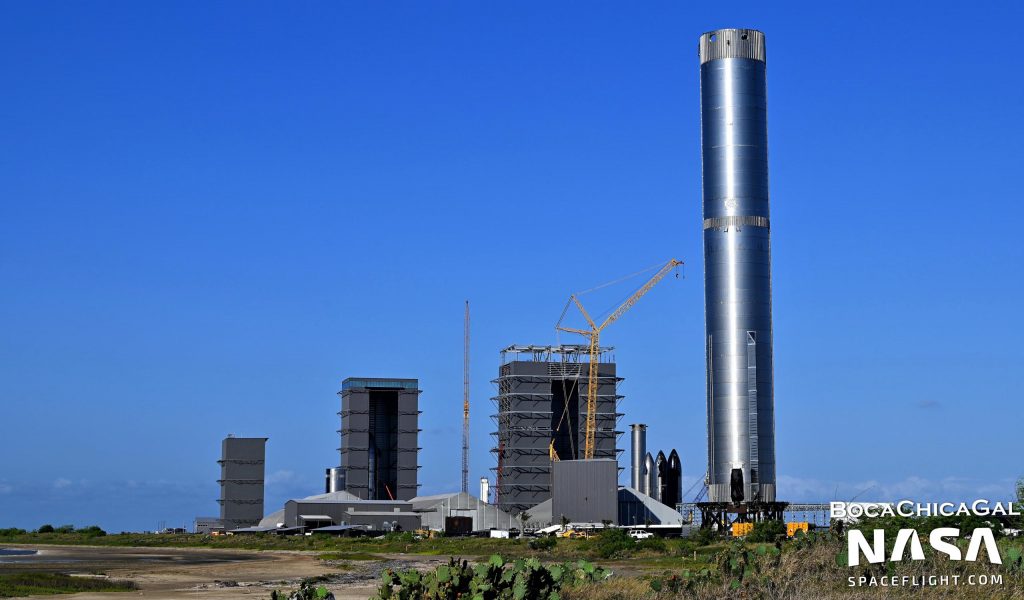

Assuming a rough marginal cost of $500,000 per satellite and $15 million per Falcon 9 launch, SpaceX could have easily spent more than $2 billion just to build and launch the ~2650 Starlink satellites it’s launched to date. Accounting for the annual salaries and overhead needed for the thousands of employees required to build those satellites and conduct more than 50 different Starlink launches, the true cost over several years could be closer to $3-5 billion. Meanwhile, Starbase has rapidly expanded, built vast new infrastructure, mass-produced around two-dozen different Starship tanks and prototypes, completed dozens of tests, built and tested 150-200 Raptor engines, and conducted nine major flight tests.
Up until late 2021, perhaps less than 5-10% of funding for the above activities came directly from US government contracts. While Starlink remains almost entirely privately funded, SpaceX’s Starship program received a major influx of funding and support from NASA through a $3 billion Moon landing contract awarded in April 2021, but protests from two competitors meant that funds from that contract only began reaching SpaceX around the end of the year. Ultimately, it’s not hard to see why SpaceX has needed to raise so much capital in the last three years.

Elon Musk
SpaceX’s Starship program is already bouncing back from Booster 18 fiasco
Just over a week since Booster 18 met its untimely end, SpaceX is now busy stacking Booster 19, and at a very rapid pace, too.
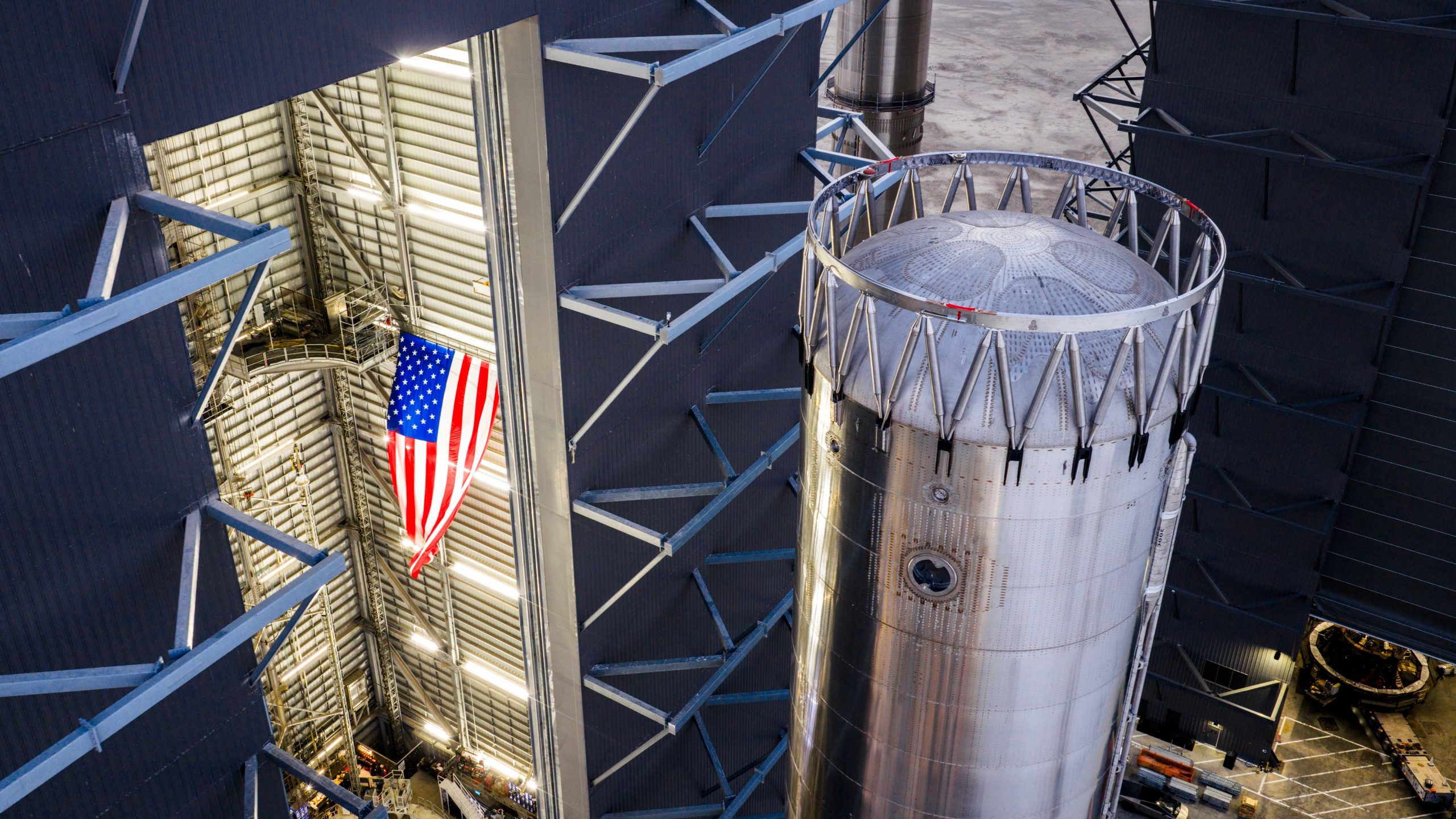
SpaceX is already bouncing back from the fiasco that it experienced during Starship Booster 18’s initial tests earlier this month.
Just over a week since Booster 18 met its untimely end, SpaceX is now busy stacking Booster 19, and at a very rapid pace, too.
Starship V3 Booster 19 is rising
As per Starbase watchers on X, SpaceX rolled out the fourth aft section of Booster 19 to Starbase’s MegaBay this weekend, stacking it to reach 15 rings tall with just a few sections remaining. This marks the fastest booster assembly to date at four sections in five days. This is quite impressive, and it bodes well for SpaceX’s Starship V3 program, which is expected to be a notable step up from the V2 program, which was retired after a flawless Flight 11.
Starship watcher TankWatchers noted the tempo on X, stating, “During the night the A4 section of Booster 19 rolled out to the MegaBay. With 4 sections in just 5 days, this is shaping up to be the fastest booster stack ever.” Fellow Starbase watcher TestFlight echoed the same sentiments. “Booster 19 is now 15 rings tall, with 3 aft sections remaining!” the space enthusiast wrote.
Aggressive targets despite Booster 18 fiasco
SpaceX’s V3 program encountered a speed bump earlier this month when Booster 18, just one day after rolling out into the factory, experienced a major anomaly during gas system pressure testing at SpaceX’s Massey facility in Starbase, Texas. While no propellant was loaded, no engines were installed, and no one was injured in the incident, the unexpected end of Booster 18 sparked speculation that the Starship V3 program could face delays.
Despite the Booster 18 fiasco, however, SpaceX announced that “Starship’s twelfth flight test remains targeted for the first quarter of 2026.” Elon Musk shared a similar timeline on X earlier this year, with the CEO stating that “ V3 is a massive upgrade from the current V2 and should be through production and testing by end of year, with heavy flight activity next year.”
Considering that Booster 19 seems to be moving through its production phases quickly, perhaps SpaceX’s Q1 2026 target for Flight 12 might indeed be more than feasible.
News
Elon Musk makes a key Tesla Optimus detail official
“Since we are naming the singular, we will also name the plural, so Optimi it is,” Musk wrote on X.
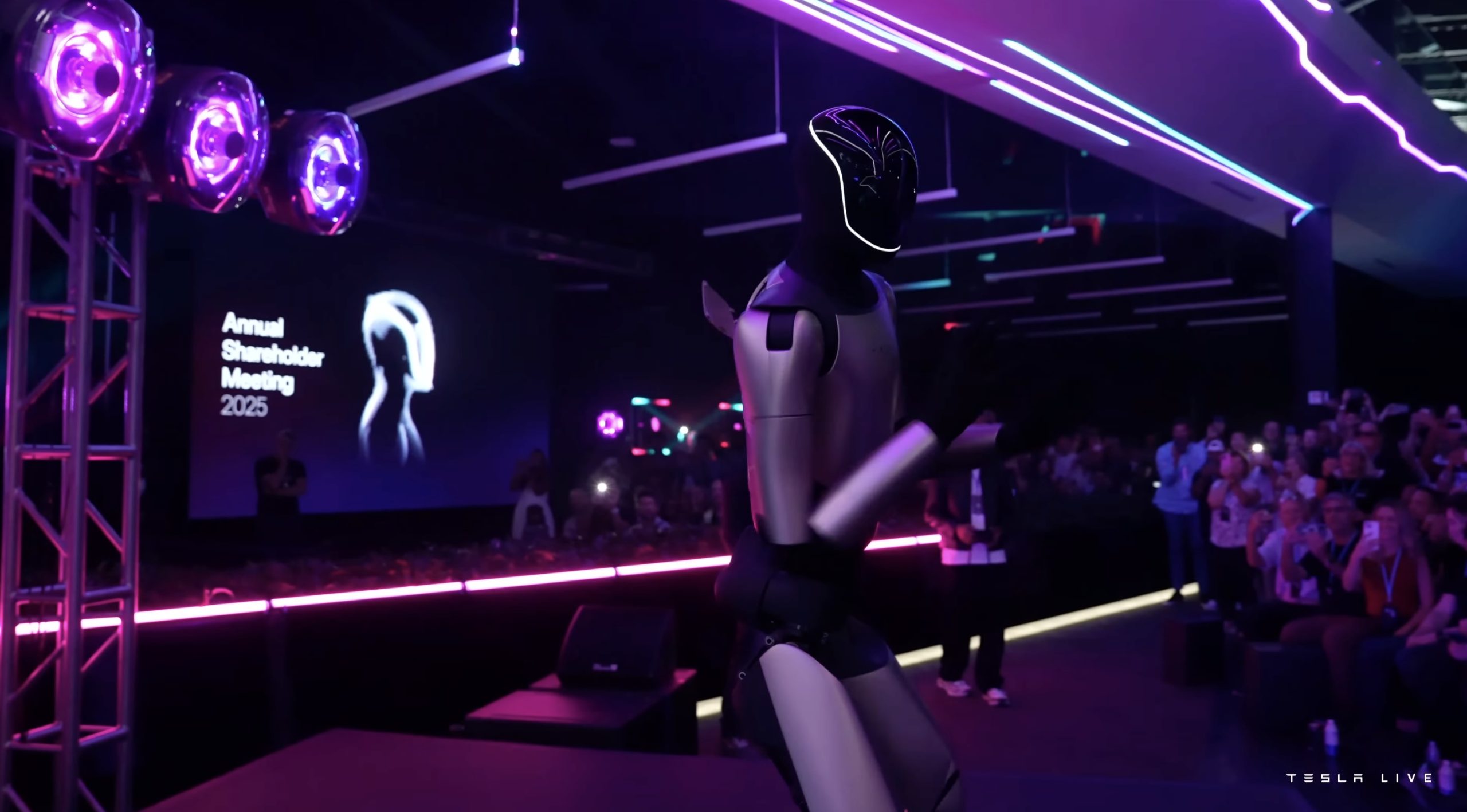
Tesla CEO Elon Musk just made a key detail about Optimus official. In a post on X, the CEO clarified some key wording about Optimus, which should help the media and the public become more familiar with the humanoid robot.
Elon Musk makes Optimus’ plural term official
Elon Musk posted a number of Optimus-related posts on X this weekend. On Saturday, he stated that Optimus would be the Von Neumann probe, a machine that could eventually be capable of replicating itself. This capability, it seems, would be the key to Tesla achieving Elon Musk’s ambitious Optimus production targets.
Amidst the conversations about Optimus on X, a user of the social media platform asked the CEO what the plural term for the humanoid robot will be. As per Musk, Tesla will be setting the plural term for Optimus since the company also decided on the robot’s singular term. “Since we are naming the singular, we will also name the plural, so Optimi it is,” Musk wrote in his reply on X.
This makes it official. For media outlets such as Teslarati, numerous Optimus bots are now called Optimi. It rolls off the tongue pretty well, too.
Optimi will be a common sight worldwide
While Musk’s comment may seem pretty mundane to some, it is actually very important. Optimus is intended to be Tesla’s highest volume product, with the CEO estimating that the humanoid robot could eventually see annual production rates in the hundreds of millions, perhaps even more. Since Optimi will be a very common sight worldwide, it is good that people can now get used to terms describing the humanoid robot.
During the Tesla 2025 Annual Shareholder Meeting, Musk stated that the humanoid robot will see “the fastest production ramp of any product of any large complex manufactured product ever,” starting with a one-million-Optimi-per-year production line at the Fremont Factory. Giga Texas would get an even bigger Optimus production line, which should be capable of producing tens of millions of Optimi per year.
News
Tesla is improving Giga Berlin’s free “Giga Train” service for employees
With this initiative, Tesla aims to boost the number of Gigafactory Berlin employees commuting by rail while keeping the shuttle free for all riders.
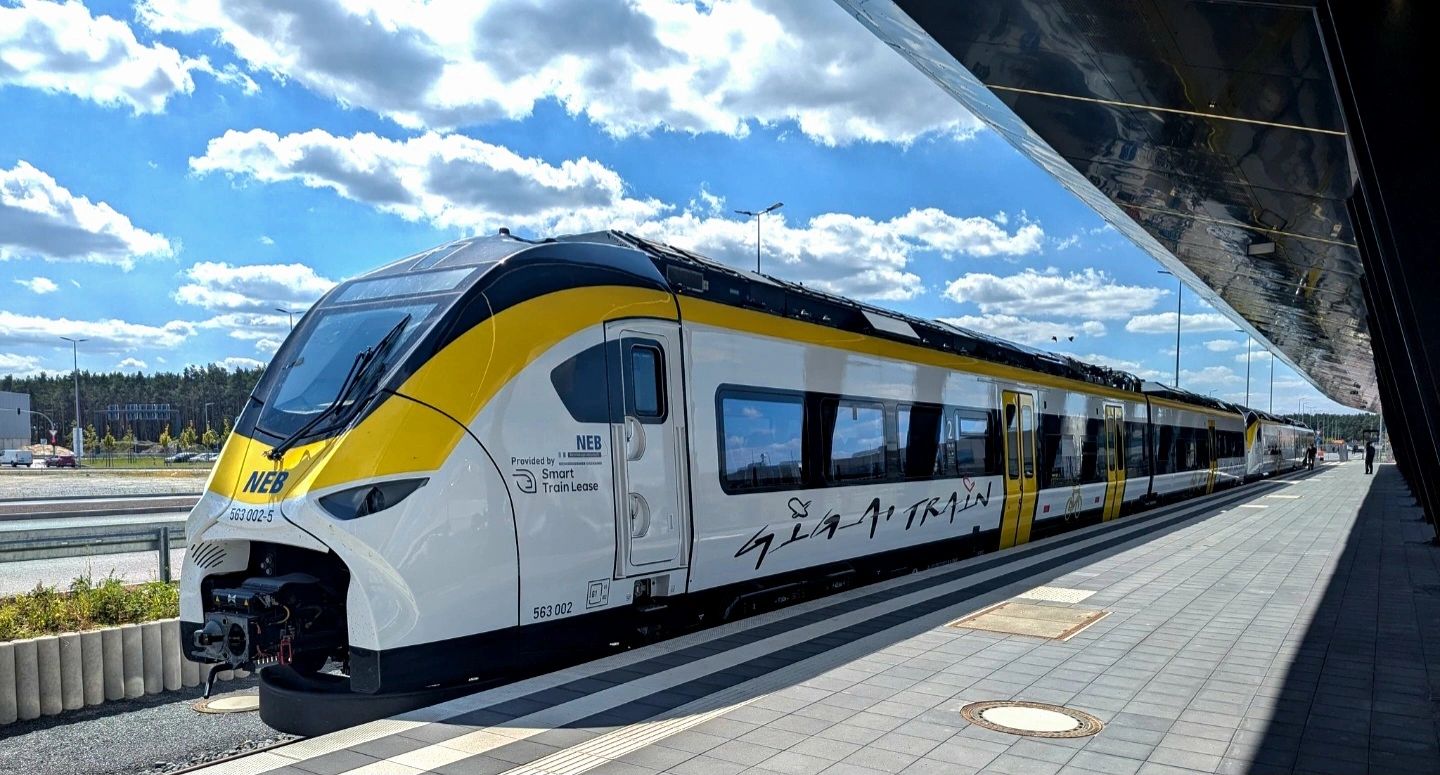
Tesla will expand its factory shuttle service in Germany beginning January 4, adding direct rail trips from Berlin Ostbahnhof to Giga Berlin-Brandenburg in Grünheide.
With this initiative, Tesla aims to boost the number of Gigafactory Berlin employees commuting by rail while keeping the shuttle free for all riders.
New shuttle route
As noted in a report from rbb24, the updated service, which will start January 4, will run between the Berlin Ostbahnhof East Station and the Erkner Station at the Gigafactory Berlin complex. Tesla stated that the timetable mirrors shift changes for the facility’s employees, and similar to before, the service will be completely free. The train will offer six direct trips per day as well.
“The service includes six daily trips, which also cover our shift times. The trains will run between Berlin Ostbahnhof (with a stop at Ostkreuz) and Erkner station to the Gigafactory,” Tesla Germany stated.
Even with construction continuing at Fangschleuse and Köpenick stations, the company said the route has been optimized to maintain a predictable 35-minute travel time. The update follows earlier phases of Tesla’s “Giga Train” program, which initially connected Erkner to the factory grounds before expanding to Berlin-Lichtenberg.
Tesla pushes for majority rail commuting
Tesla began production at Grünheide in March 2022, and the factory’s workforce has since grown to around 11,500 employees, with an estimated 60% commuting from Berlin. The facility produces the Model Y, Tesla’s best-selling vehicle, for both Germany and other territories.
The company has repeatedly emphasized its goal of having more than half its staff use public transportation rather than cars, positioning the shuttle as a key part of that initiative. In keeping with the factory’s sustainability focus, Tesla continues to allow even non-employees to ride the shuttle free of charge, making it a broader mobility option for the area.









